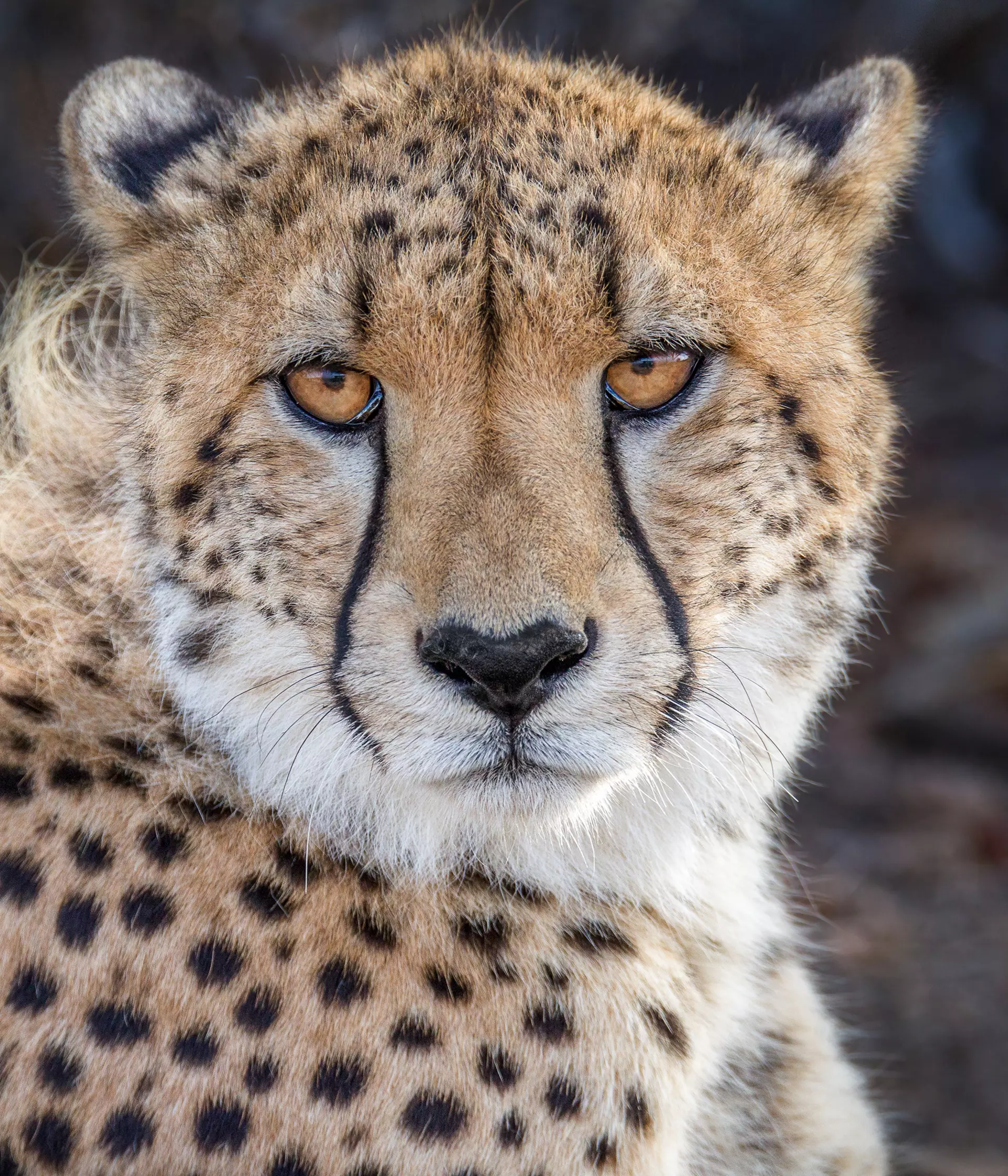Northwest African Cheetahs are being pushed to the brink of extinction.
Northwest African Cheetahs are extinct in more than 20 countries, with fewer than 8,000 remaining in the wild. Since 1991, we have been conducting the longest running in-depth survey of one of these wild cheetah populations and are working to protect them from threats posed by habitat loss and poaching, and create practical routes to recovery for this species.
We are working to inspire, inform, and empower people to protect and restore wildlife
What do Northwest African Cheetahs look like?
Cheetahs can grow up to 1-1.5 metres not counting their tails, which can reach up to 80cm long on their own. With impressive, powerful legs and large muscles, Cheetahs are perfectly adapted for their famous running power. Dotted markings on their fur helps them to blend into their surroundings when on the hunt - perfect natural camouflage.
Cheetahs don't roar. Instead, they gently purr and 'chirrup', just like domestic moggies. Their name comes from the Hindi word 'Chita' meaning 'the spotted one', and they can run a fierce speed of 60 miles per hour.
Where do Northwest African cheetahs live?
Cheetahs can be found in parts of Africa and Iran. Of the less than 8,000 currently found living in the wild today, it is estimated that only around 50 of those are roaming Iran. Since 1974, the Serengeti Cheetah Project has been keeping tabs on individual cheetahs living on the plains there.
What threats do Northwest African cheetahs face?
As human activity from farming and construction stretch into natural habitats occupied by Northwest African cheetahs, their habitat shrinks. This encroachment often leads to human-wildlife conflict that at ZSL, we are working to resolve and bring balance.
They are also heavily preyed upon by poachers for their furs, and targeted to source exotic pets for buyers around the world.
